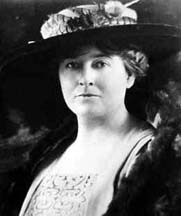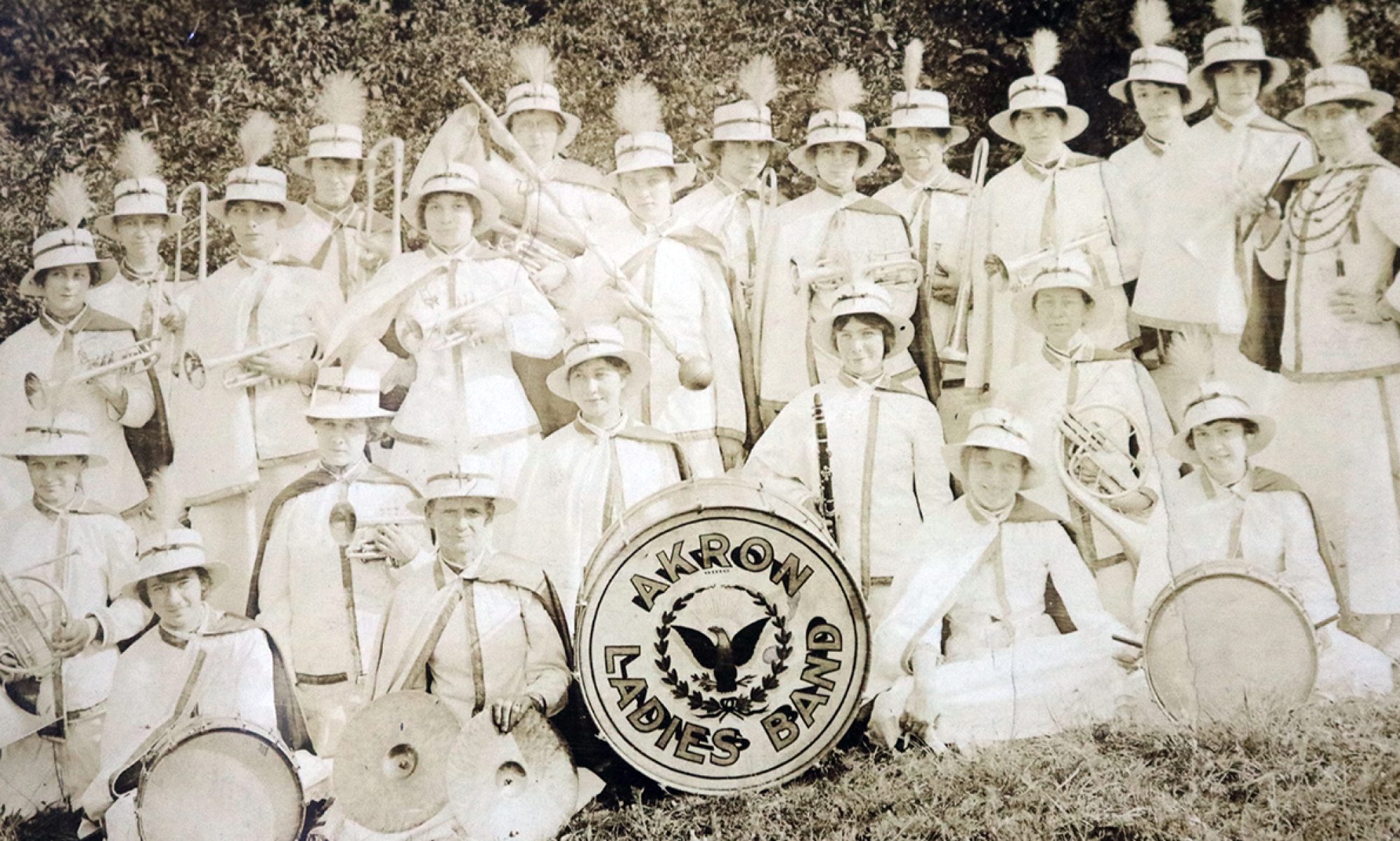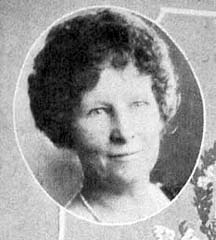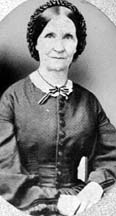
Mary Orr Barber, second wife of Ohio Columbus Barber, the match king of Akron, made her own contributions to the city and the surrounding area by her involvement in business, civic organizations and politics.
Little is known of Mary Orr’s early education. In 1903, O.C. Barber, owner of the Diamond Match Co., hired 26-year-old Mary Orr as his private secretary in charge of the Akron, Ohio, office. On Dec. 2, 1915, the two were married – much to the surprise of family and friends. He was 74 and she was 41. Daughter Anna Barber Bevan is said not to have appreciated the marriage – or her step mother’s age, 10 years younger than she was. By all accounts, however, the marriage worked out well; the new bride knew every phase of the Barber business dealings and a prenuptial contract (Orr insisted on it) assured the new bride of future financial security, $25,000 a year for life. In any case, after the wedding, Barber took her place in Akron and Barberton society.
She was a member of the Portage Country Club and the Akron Garden Club. She was especially involved in the Young Women’s Christian Association (YWCA), serving as chair of the newly organized committee for young business girls and as a member of the board of directors when the association was planning and building its new headquarters on South High Street in Akron.
But it was really after her husband’s death in 1920 that Mary Orr Barber came into her own in fairly non-traditional ways. She moved to the Applebrook Farm, a large fruit farm/estate in Ghent. She needed to know the newest farming techniques so she went to Cornell University to find out how to grow and sell apples successfully. She also got involved with the Grange. By the late 1930s, Barber was diversifying her farm’s production. Although fruit remained the primary business, she also began manufacturing sausage at the farm.
In 1932, she ran unsuccessfully on an anti-prohibition platform for the state legislature.
Throughout the 1930s, she remained active in civic organizations, serving on the board of Children’s Hospital, and continued her affiliation with St. Paul’s Episcopal Church in Akron.
Barber died on her Applebrook farm in December 1946. She had been ill for a year. Barber is buried at Glendale Cemetery in Akron.
Photo courtesy of the Beacon Journal.
–Kathleen L. Endres




